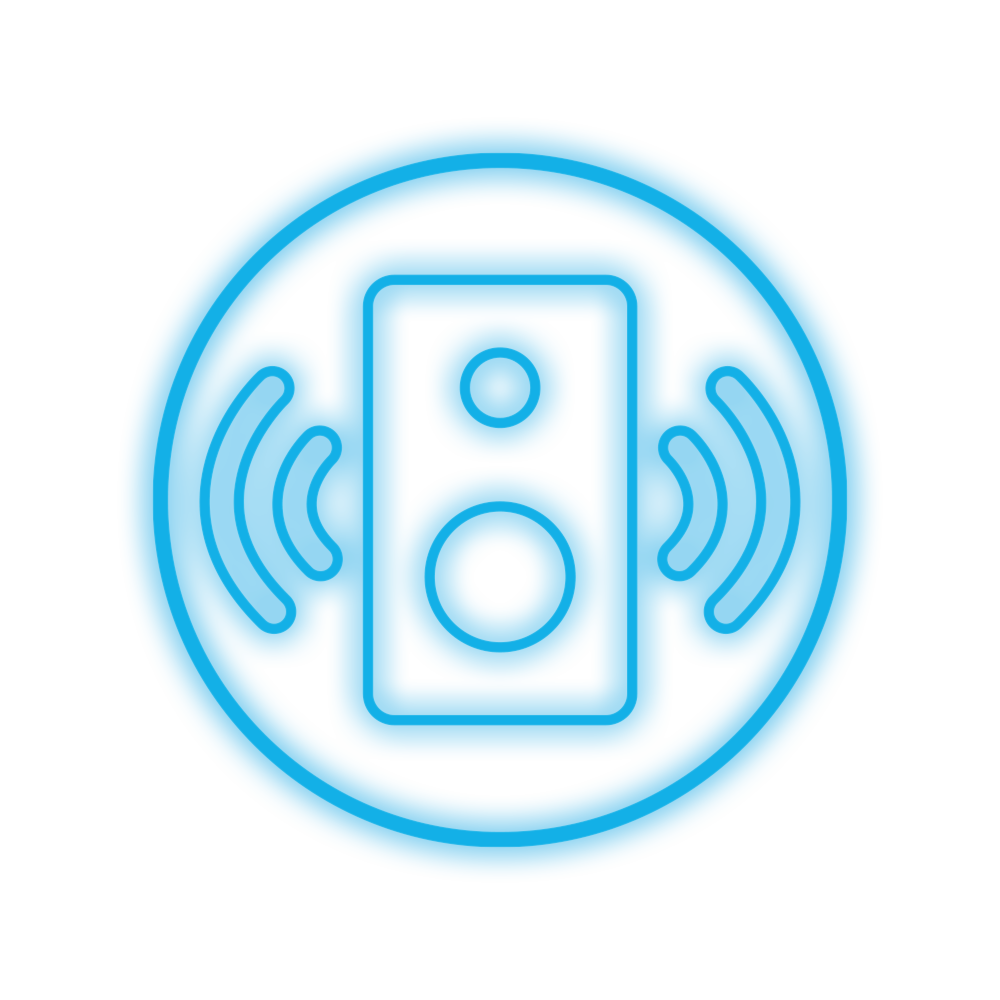ANCOR
THE AUDIO EXPERIENCE OF THE FUTURE FOR YOUR VEHICLE.
What makes our technology special
We look at the interior of a vehicle from an acoustic perspective. In order to design our audio technology for the special acoustic conditions, we have examined, driven, measured and, above all, LISTENED to countless construction and agricultural machines, forestry machines, mining vehicles, passenger cars, aircraft interiors, etc. We know what hardware and software must be able to do in order for music, radio and radio to work in very good quality.
We have not only listened to the vehicles, but also to the drivers to understand why the current technology is not satisfactory. We understood that many drivers need high-quality hands-free communication because the driver’s seat is also the office. We have understood that communication with colleagues is essential. We understand that the shortage of skilled workers is immense and that good drivers place a high value on comfort in the workplace.
To make the audio experience of the future a reality, you need speakers, microphones, a hardware platform, sensors and much more. Almost all components have been developed by us. We know exactly what the hardware needs to be able to do in order to meet the environmental conditions in vehicles and at the same time create a unique audio experience.
Audio software is our hobby. All algorithms are home-made and can be customised. We have the greatest expertise in ANC algorithms. This is where we set new standards.
Technical data
Storage temperature min:
Condensation protection:
Use in earthquake areas:
Interference emissions 75 – 400MHz, BB:
Approval according to:
Vibration resistance according to DIN EN 60068-2-64/-27 – Random vibration:
Current injection test (BCI) according to ISO 11452-4:2011:
Interference emissions 30 – 75 MHz, BB:
Cleanliness according to clean room cleanliness class:
Distance of headrest rods (centre to centre) min:
Vibration resistance according to DIN EN 60068-2-64/-27 – Shock vibration:
Interference resistance test against ESD according to ISO 10605:2008:
Operating voltage max:
Operating temperature min:
Test pulses on supply power according to ISO 16750-2:2012 – Start pulse:
Interference emissions 400 – 1000 MHz, BB:
Reverse polarity protection:
Storage temperature max:
Test pulses on supply powers according to ISO 7637-2:2011, ISO 7637-3:2007:
Operating temperature max:
Short-circuit resistance:
Dimensions:
Supply cable connection:
Relative humidity max:
Distance of headrest rods (centre to centre) max.:
Protection class Enclosure:
Test pulses on supply power according to ISO 16750-2:2012 Load dump pulse:
Power consumption:
Diameter of headrest rods max.:
Operating voltage min:
Headrest width max:
Weight:
Range of use Frequency band:
Interfaces:
Application range Sound level:
Overtemperature cut-off:
Headrest rod diameter min:
A
-55°C
Yes
Yes
54 – 65 dB (µV/m)
EMC Directive 2014/30/EU, EN ISO 13766-1:2018, EN ISO 14982:2009
up to 2.97 g
Class A
64 – 54 dB (µV/m)
No
112 mm
up to 25 g
Class A
24 V DC
-40 °C
Class A
65 dB (µV/m)
Yes
105 °C
1: Class C, 2a: Class A, 2b: Class C, 3a: Class A, 3b: Class A, a + b: Class A
70 °C
Yes
560 x 250 x 230 mm
German DT06-6S-CE 13, 6-pole
70%
193.5 mm
IP54
Class C
120 W
14 mm
8 V DC
30 cm
3.5 kg
50 to 500 Hz
1x A2B, 1x CAN bus, 1x Ethernet, 1x RS232, 1x USB
up to 100 dB(A)
from 75 °C with 10 °C hysteresis
10 mm






